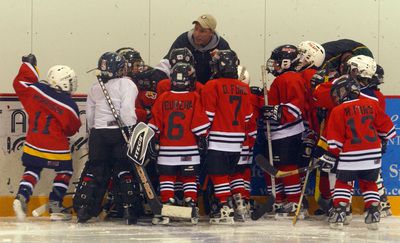A lot was made in these parts of changes in youth hockey rules in the wake the paralysis of a star high school player a year ago. But a new study out of Canada suggests rules designed to protect kids aren’t being enforced by officials.
In the country of hockey, researchers found that of all injuries to young people, 44 percent of them are caused by hockey. And of those, 70 percent occurred in children over age 10 from either checking or being hit into the boards.
The findings by sport:
Hockey: Checking into the boards caused the greatest proportion of brain injuries.
Soccer: 19 per cent of youth who suffered brain injuries got them on the pitch, with most in the 10-to-14 or 15-to-19 age group. In those age groups, high kicks to the head or head-on-head collisions were the most common reason. For children five to nine, striking a surface or a goal post was the most likely source of the head injury. It’s for these youngest players that the researchers suggested using moveable goal posts that are padded.
Baseball: Baseball accounted for 15.3 per cent of brain injuries. Most of them occurred in children under the age of 14, with 45 per cent in children under nine. Ball and bat injuries were common, mainly because teammates stood too close to the batter or bat and weren’t supervised by an adult.
Football and rugby: Accounted for 12.9 per cent and 5.6 per cent of injuries, respectively, mainly caused by tackling.
Basketball : 11.6 per of injuries, mostly caused by elbowing, which increased as players got older and more competitive. Younger players tended to strike fixed structures like posts.
One phys ed teacher suggested to the CBC that one cause of injuries to kids may well be adults.
“I do think that we encourage kids to play at such a level of intensity that I think they confuse intensity with aggression,” she said.

